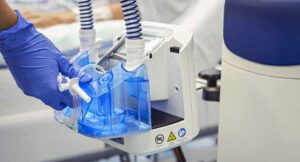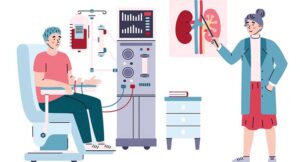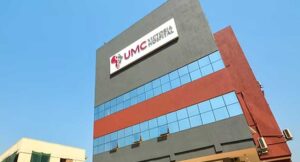The global medical humidifier market, valued at USD 878.4 million in 2023, is forecasted to grow at a robust CAGR of 5.6%, reaching USD 922.8 million in 2024 and an impressive USD 1,211.7 million by 2029. Increased admissions to intensive care (ICUs) and neonatal intensive care units (NICUs), especially for ventilator-dependent patients, increasing neonatal mortality & preterm birth rates, aging populations, and rising healthcare costs are shifting patient care from hospitals to home settings. Governments and private investors are expanding hospital networks, leading to higher demand for humidification devices, which drives market growth. Additionally, government and non-government initiatives in respiratory health and post-pandemic demand for respiratory care also offer opportunities for market growth.
By based on product, the medical humidifier market is segmented into Heated Humidifier, Bubble Humidifier, Heat and Moisture Exchangers (HMEs), and Humidifier Accessories. Among these, in 2023, Heat and Moisture Exchangers (HMEs) segment accounts for the highest growth rate in the Medical humidifier market. This is due to increasing surgical volumes worldwide, especially in developed and emerging economies, is fueling demand for anesthesia-related humidification devices, compared to active humidification systems, HMEs are more affordable, require no power source, and have low maintenance costs, HMEs enhance comfort for patients using CPAP and BiPAP machines for sleep apnea and chronic respiratory conditions, and growing healthcare access in Asia Pacific, Latin America, and the Middle East is driving the uptake of HMEs in newly built hospitals and homecare settings.
By patient type, the medical humidifier market is divided into three segments based on patient type: adult, pediatric, and neonatal. Among them, in 2023, adult patients segment accounts for the greatest market share of the medical humidifier market, since age-related loss of lung function necessitates the use of humidifiers in long-term oxygen treatment (LTOT), CPAP/BiPAP therapy, and home ventilation. Postoperative ventilation in adults undergoing surgeries (cardiac, neurological, and pulmonary) drives demand for heated humidifiers and heat moisture exchangers (HMEs), as does the growing elderly population (65 and older), who are more susceptible to chronic respiratory failure and pulmonary infections. According to the World Health Organization (2024), by 2030, one in every six individuals worldwide would be 60 or older, with the population in this age group expected to increase from 1 billion in 2020 to 1.4 billion. Furthermore, the number of people aged 80 and older is expected to triple between 2020 and 2025, reaching 424 million. The medical humidifier market is predicted to grow in line with the large growth in the aging population, especially among the elderly.
By geography, The medical humidifier market is segmented into six major regional segments, namely, North America, Europe, Asia Pacific, Latin America, Middle East & Africa, and GCC Countries. The north America accounts for the largest market share in the medical humidifier market in 2023. This is due to rising ICU admissions and ventilator use, which necessitate humidification systems for oxygen therapy and mechanical ventilation, ongoing development and commercialization of medical humidifier products, supportive government regulations for product commercialization, and significant investments in hospital infrastructure. For example, the World Bank Group predicts that in 2022, North America’s health expenditure will account for 16.6% of the region’s GDP, indicating a high commitment to healthcare infrastructure development. Additionally, the huge presence of medical humidifier manufacturing companies in the region is increasing the market growth in the region. These companies are investing heavily in research and developments thus providing technologically advanced medical humidifiers across the region thus contributing to the regional growth. MarketsandMarkets









